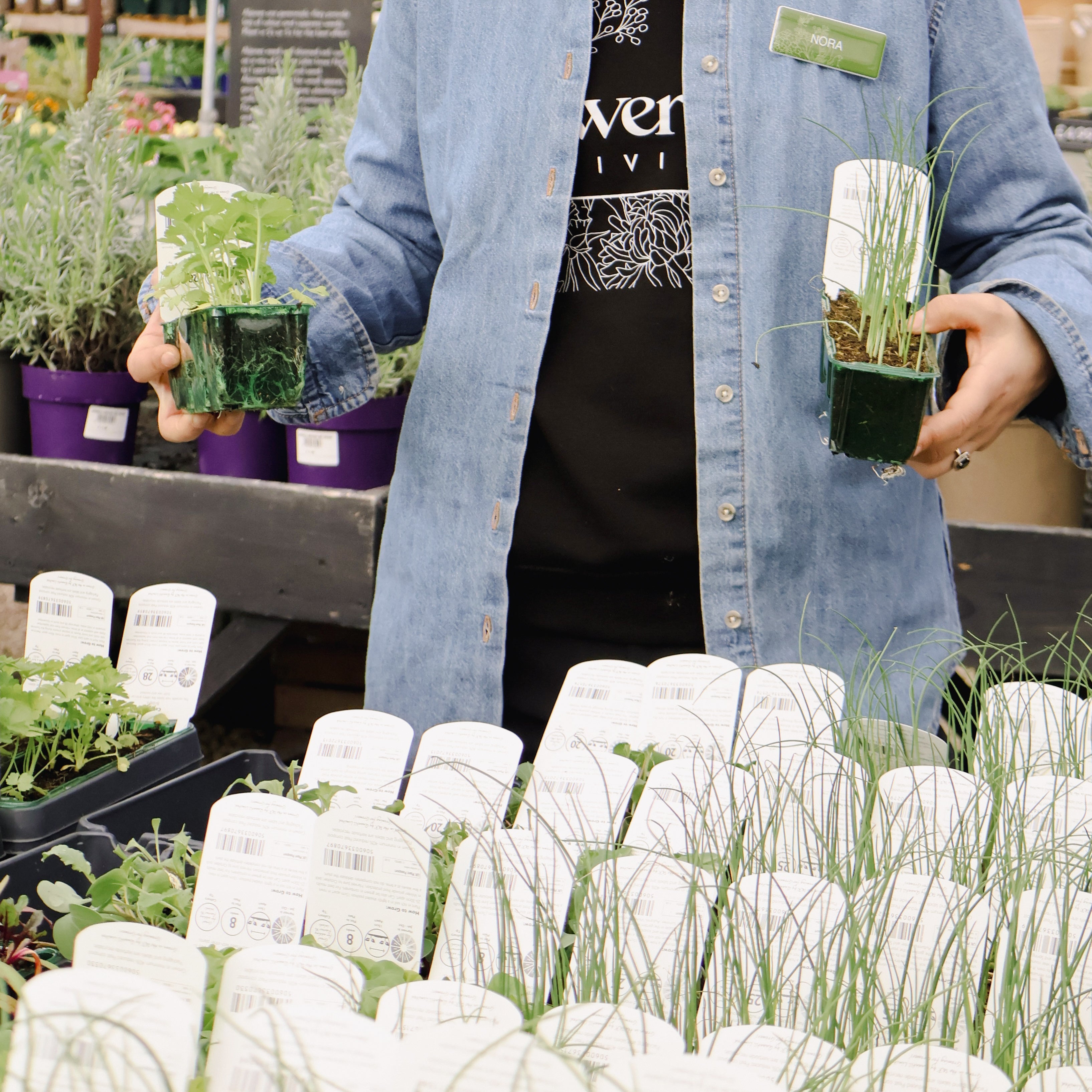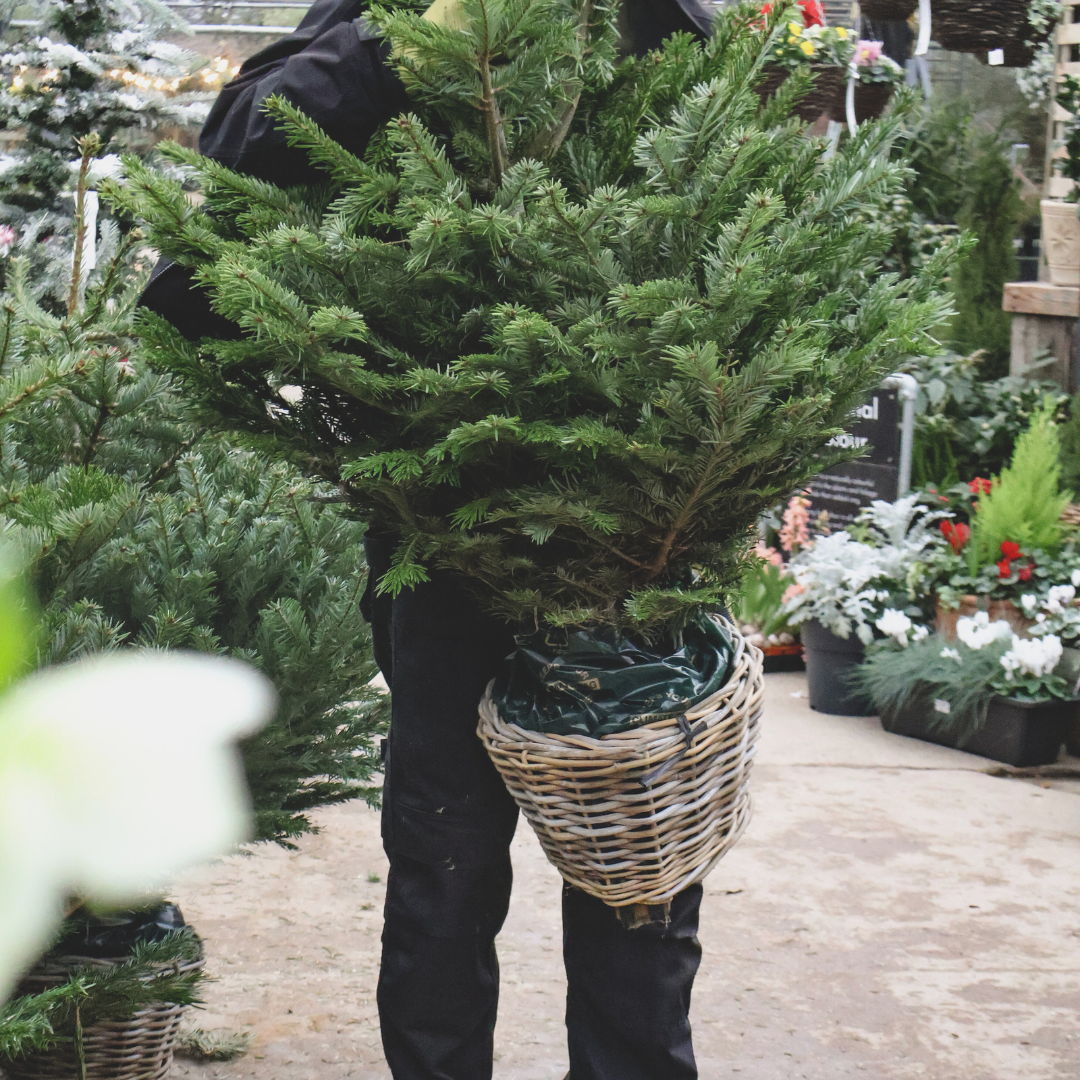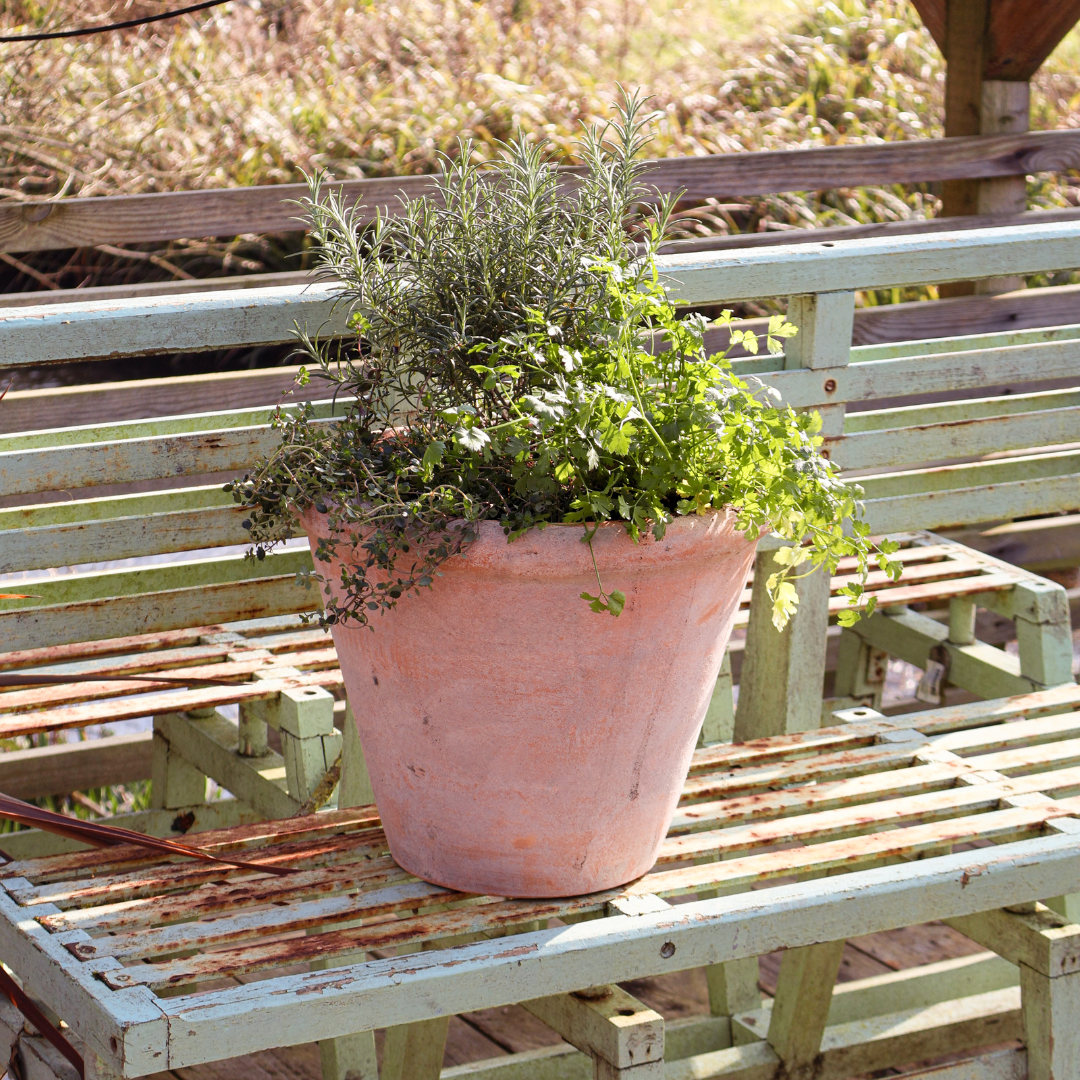Why and how: Pinching out your plants

As the days get longer and the weather warms up, April is the perfect time to give your garden some extra attention. One of the most beneficial tasks you can do for your plants this month is pinching out—a simple technique that promotes healthier growth, stronger plants, and more vibrant blooms throughout the season. Let's walk you through the benefits of pinching out your plants and how to do it effectively.
What Is Pinching out?
Pinching out refers to the act of removing the topmost growth or buds of a plant to encourage lateral (side) growth. This process helps the plant become fuller and bushier by stimulating the development of new shoots. While it may seem counterintuitive to cut back new growth, the results are often stunning: more flowers, stronger stems, and a more compact, well-shaped plant.
Why Pinch out?
-
Encourages bushier growth: Pinching off the top growth encourages the plant to send out side shoots, which creates a fuller, more compact plant. This is especially helpful for plants that tend to grow tall and leggy.
-
Increases flower production: For many flowering plants, pinching encourages them to produce more blooms. Removing the early buds can stimulate the plant to produce multiple flower stems, giving you a bigger show of color throughout the growing season.
-
Improves airflow and health: By removing the tips or weak growth, you create more airflow around the plant. This helps reduce the chance of diseases like powdery mildew and ensures the plant has plenty of space to grow properly.
-
Stimulates stronger stems: Pinching encourages stronger lateral branches, which means your plants will have better support when they grow taller or start to flower. This is particularly important for taller plants like tomatoes, beans, or flowers with heavy blooms.
How to:
Pinching out is simple, but it’s important to do it at the right time and in the right way to avoid damaging your plants. Here’s a step-by-step guide:
Step 1: Choose the right plants
Pinching out is best for plants that are actively growing and producing new shoots.
Step 2: Use clean, sharp tools
For precision and to avoid harming your plants, use clean, sharp scissors or pruning shears. If you’re just pinching a few small growth tips, you can do it with your fingers. For larger plants or more significant cuts, shears work best.
Step 3: Pinch or cut the top growth
Pinch or cut off the very tip of the stem just above a leaf node (where leaves or branches emerge). You’ll want to remove about 1-2 inches of growth, but be careful not to cut too much of the plant at once. For larger plants, you can repeat the process several times throughout the growing season to keep the plant compact and encourage more growth.
Step 4: Monitor and repeat as necessary
After your first pinch, monitor your plant’s growth. You may notice new shoots sprouting from the sides, which you can pinch again if needed to encourage even more fullness. For some plants, you may only need to pinch once, while others benefit from multiple rounds of pinching.
Tips for Pinching out success
-
Timing is Everything: Don’t pinch back too early in the season—wait until the plant has established some growth and is actively growing. In April, most plants will be in a good phase of spring growth.
-
Don’t Overdo It: While pinching back can be beneficial, overdoing it can stress the plant. Remove just a little at a time to avoid shock.
-
Pinch When the Plant is Dry: Avoid pinching when the plant is wet from rain or watering, as this can increase the likelihood of disease. Wait until the soil is dry and the plant is in a healthy, active growing state.
-
Be Gentle: If you’re using your fingers, be gentle to avoid damaging the plant’s stem. For larger plants, use clean, sharp shears to make a clean cut.
Pinching back your plants in April is a simple but effective way to improve their growth, shape, and flowering potential. By removing the topmost growth, you encourage your plants to grow fuller, produce more flowers, and develop stronger stems. With just a little effort, you’ll enjoy healthier, more vibrant plants all season long.
So, grab your gardening gloves and shears, and start pinching your plants for a better garden this year!




